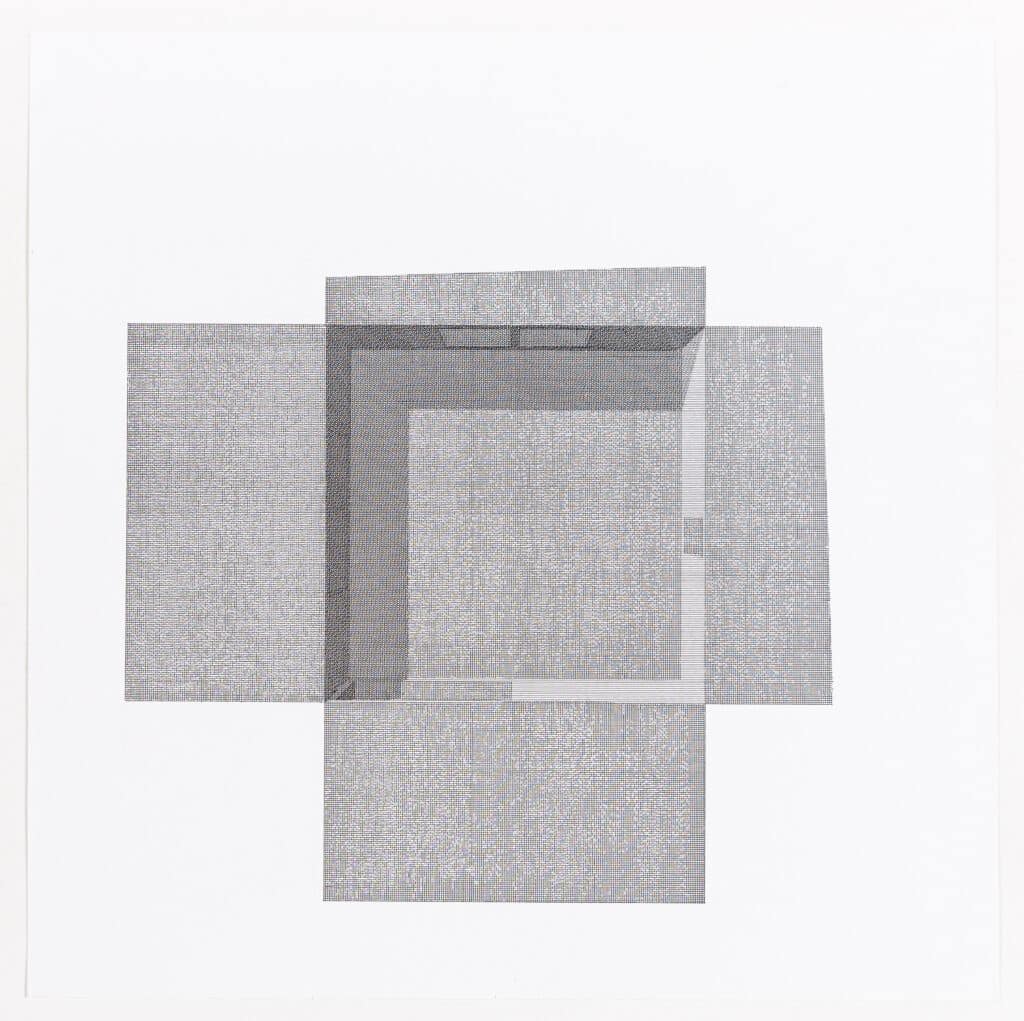Pier Vittorio Aureli’s Architecture of Abstraction

Pier Vittorio Aureli’s The Marriage of Reason and Squalor series may rightly be called barbaric. ‘Barbarism? Yes indeed,’ writes Walter Benjamin in his 1933 essay, Experience and Poverty. ‘We say this in order to introduce a new positive concept of barbarism. For what does poverty of experience do for the barbarian? It forces him to start from scratch; to make a new start; to make a little go a long way; to begin with a little and build up further, looking neither left nor right.’ In his attempt to offer a ‘non-compositional architecture’ Aureli explores the architectonic consequences of the ethos of indifference that Benjamin saw as a defining characteristic of metropolitan subjectivity in the early twentieth-century European city. Aureli’s drawings welcome the possibility of an architecture of indifference for which a new start is not only welcome but necessary; where beginning with very little, the architect must build up further, focusing only on the rules offered by the newly cleared tabula rasa. Form, shadow, programme and authorial intent are articulated using the same line-making procedure. Here, indifference is read not by the measurable qualities of representationally distinct architectural elements, but precisely through their indistinguishability. Echoing Benjamin, The Marriage of Reason and Squalor asks, if we embrace the impoverishment of our contemporary experience can we achieve a liberation from those conventions of the architectural drawing which encourage the use, (or rather reuse), of premeditated forms and programmatic content? In this way, Aureli taps into a philosophical tradition that the architectural drawing is uniquely poised to engage. Exploring the architectural consequences of an ethos of indifference, The Marriage of Reason and Squalor positions itself ‘among the great creative spirits […] who begin by clearing a tabula rasa. They need a drawing table; they were constructors’, writes Benjamin, ‘they obey the laws of their interior. Their interior, rather than their inwardness; and this is what makes them barbaric.’ In our case, drawing claims as its barbaric and interior subject an architecture of abstraction defined by process rather than style.


Nicholas Pacula is currently working on his PhD in the History and Theory of Architecture at Yale University.
This text was entered into the 2020 Drawing Matter Writing Prize. Click here to read the winning texts and more writing that was particularly enjoyed by the prize judges.
